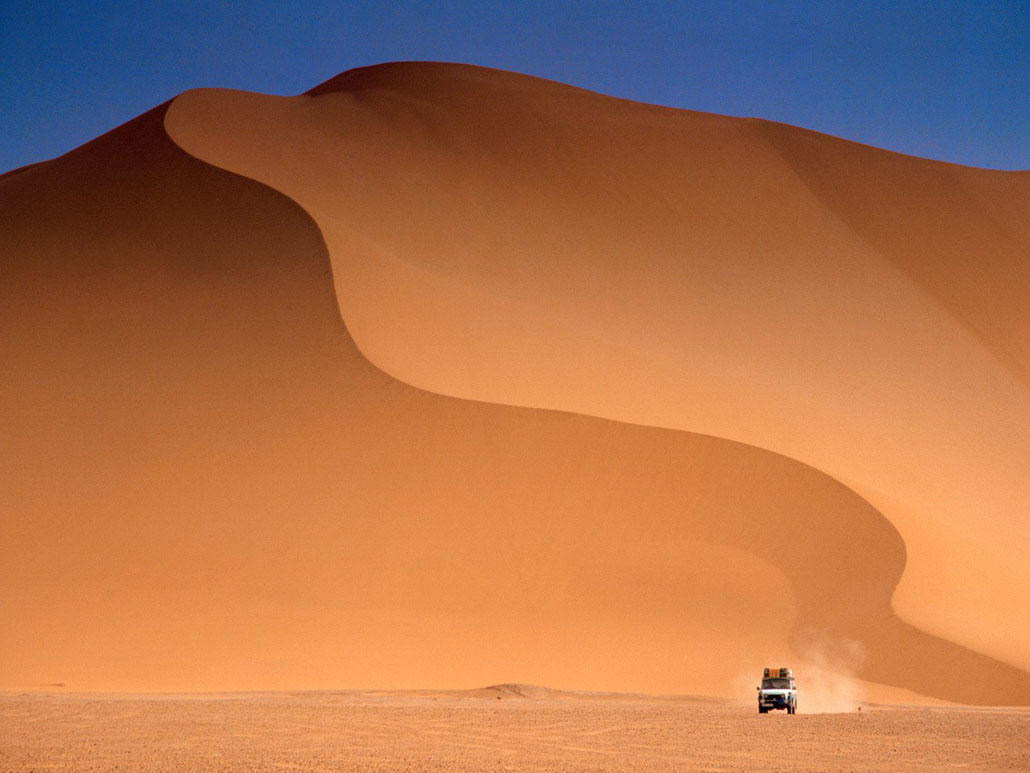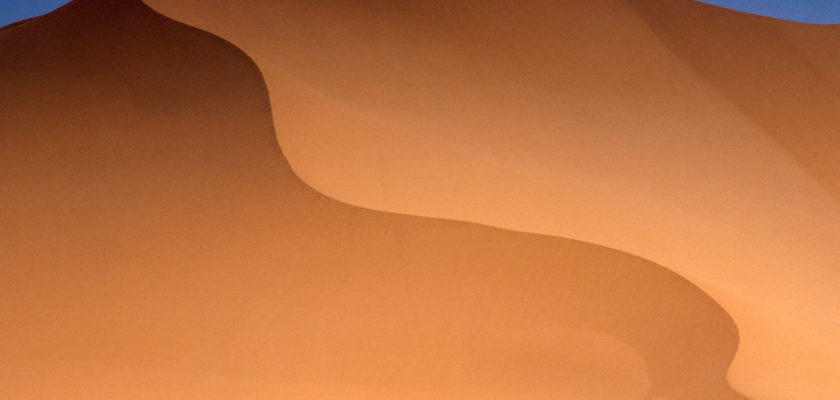Deserts are renowned for being dry, extremely hot and often remote. As such, most people imagine them to be dull, boring and dangerous places. Granted, deserts can be extremely dangerous. However, they aren’t dull and boring at all. In fact, deserts can be extremely fascinating. Here is a selection of the 15 most interesting facts about the desert.
The largest desert in the world is the Antarctic Desert. It covers an area of 13.8 square kilometers around the North Pole. The second-largest is the Arctic Desert which covers an area of 12.7 square kilometers around the North Pole.
The driest desert in the world is the Atacama Desert in Chile. Parts of this desert have received no rainfall since records began. Scientists believe that parts of the Atacama have been in extreme desertification for over 40 million years.

Around one-third of the earth’s surface is covered in deserts.
Despite seeming deserted, deserts often have an incredibly diverse ecosystem. In fact, the only other places on earth with more diverse ecosystems than deserts are rain forests. Deserts are often home to a variety of plants, mammals, reptiles and insects.
The first dinosaur eggs were discovered in Gobi Desert in 1923. Gobi Desert is located in parts of northwestern China and southern Mongolia. It is the fifth-largest desert in the world. It was created in the shadow of the Himalayas as the tall mountains prevented rain from reaching Gobi.
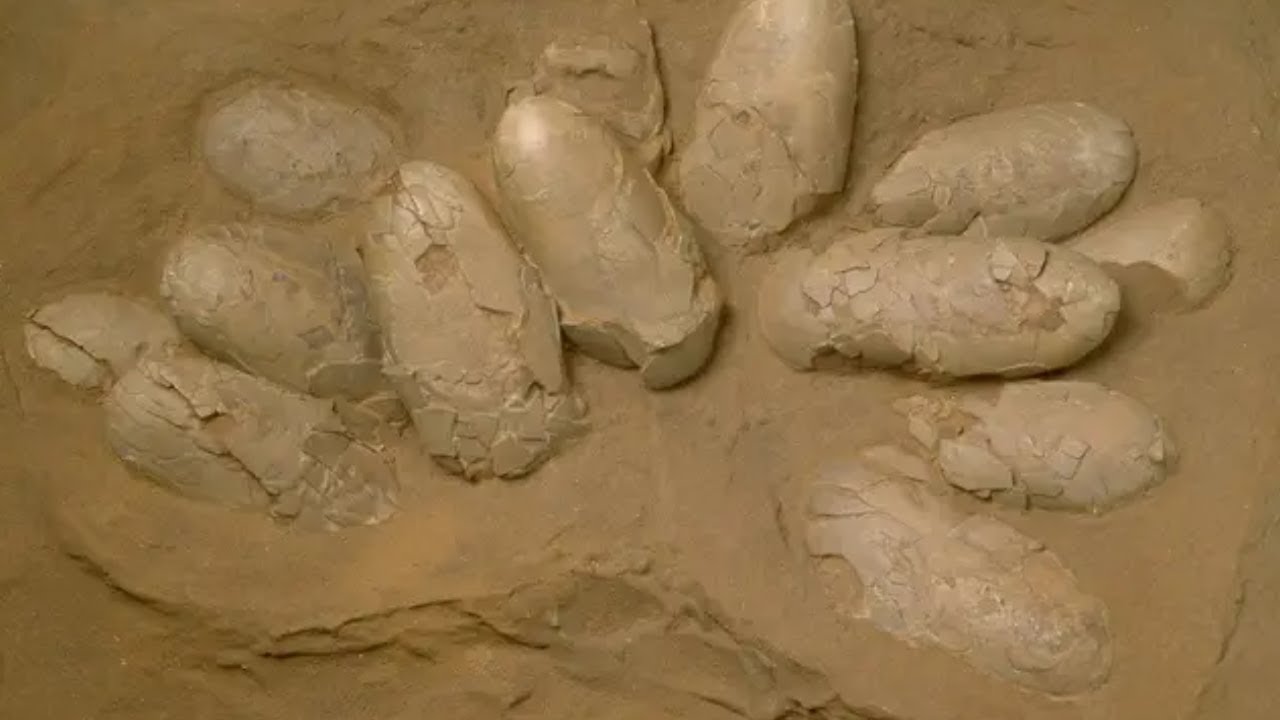
The Namib Desert has the tallest sand dunes in the world. Some of these sand dunes are up to 300 meters high. Besides being high, the sand dunes are also extremely spectacular and are a popular attraction for nature lovers.
The overall size of deserts is increasing. Around 46,000 square miles of land are turned into desert every year. This is as a result of climate change and human activities like clearing forests.
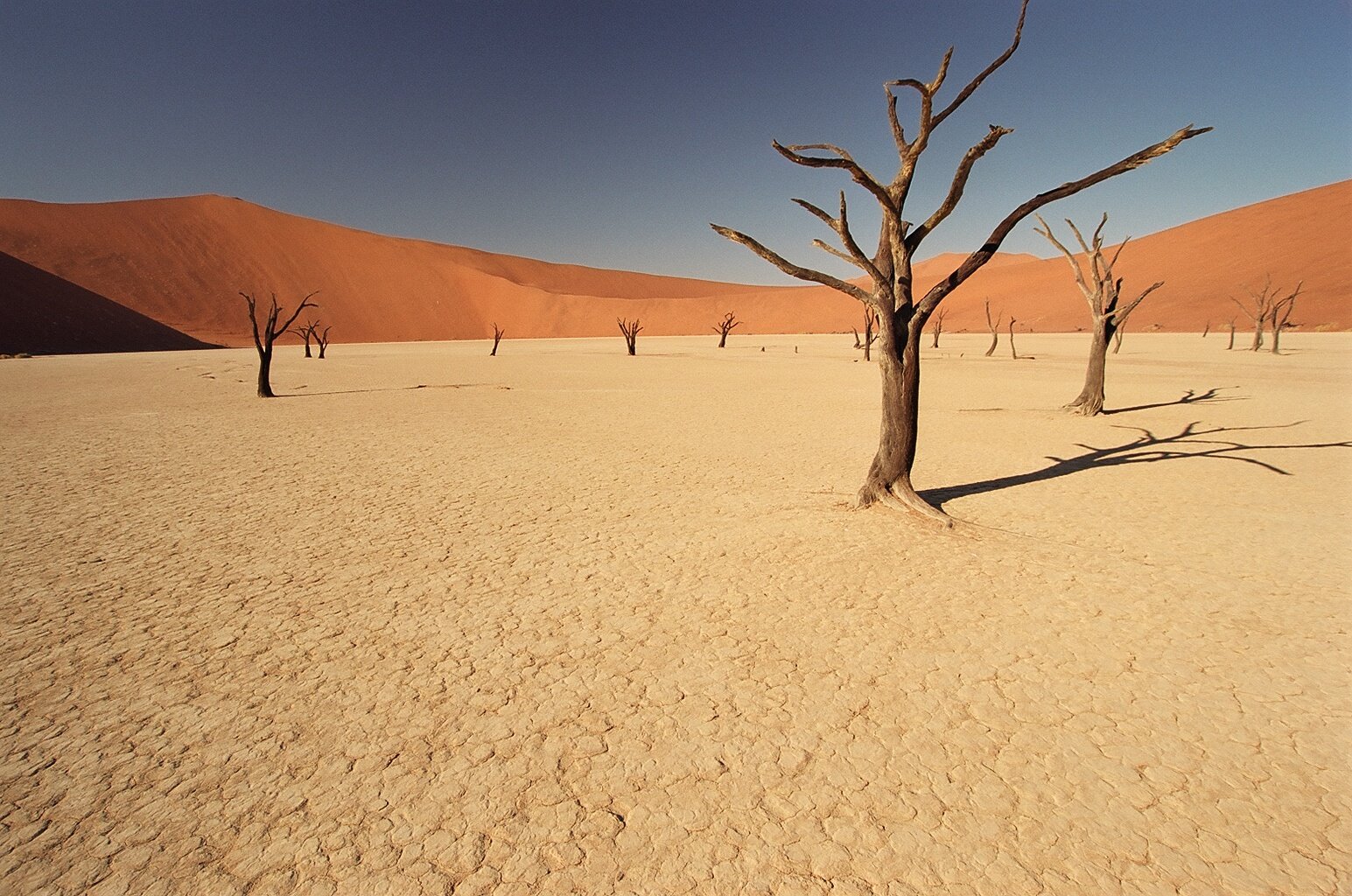
Although it is one of the driest places on earth (with less than 20mm of rain per year), the Antarctic Desert contains about 90% of the earth’s fresh water. This water is found in Antarctica’s permanently frozen ice sheet.
There are two types of desert i.e. hot deserts and cold deserts. The cold deserts are found in the polar regions of the earth. They are the Arctic and Antarctic deserts. The cold deserts are also referred to as polar deserts.
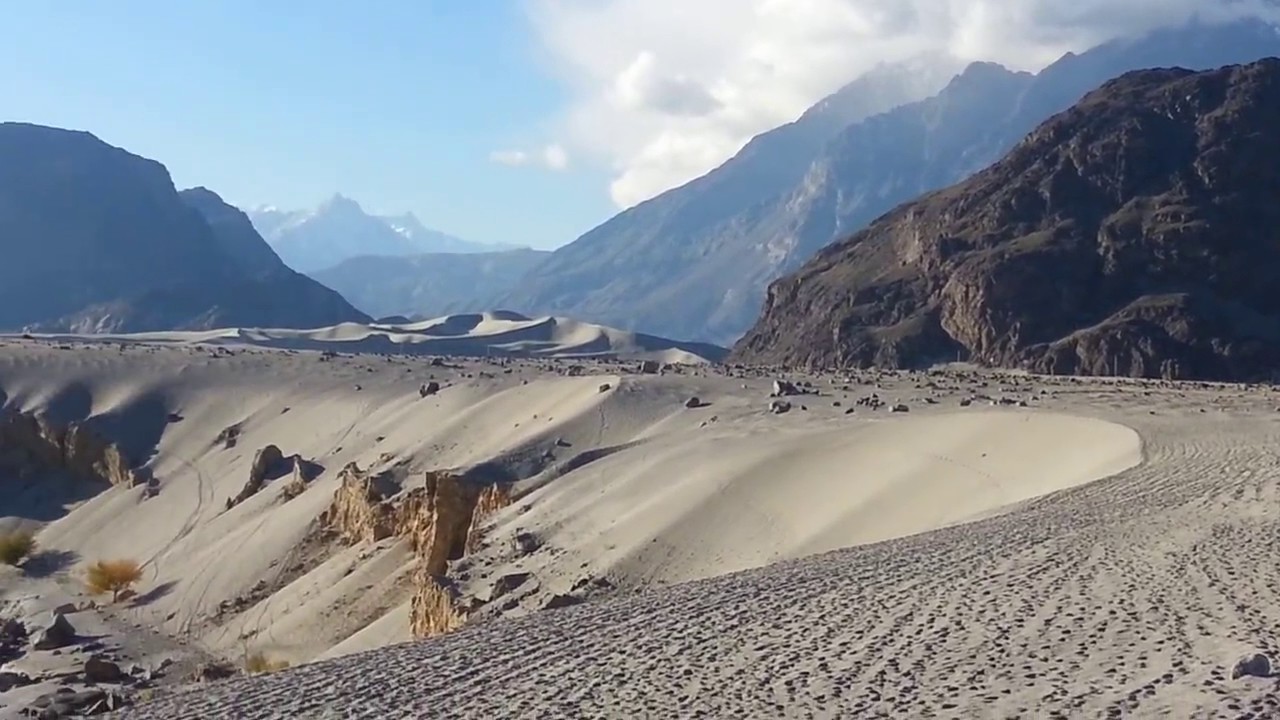
The Namib Desert, located in Namibia – Southern Africa is considered the oldest desert in the world. It is considered to be between 55 and 80 million years old. Comparatively, the Sahara – which is between 2 and 3 million years old – is much younger.
The Sahara is considered the hottest place on earth. Average temperatures range between 40 and 47°C. The highest temperature ever recorded in the Sahara was 58°C in 1913. It is the highest atmospheric temperature ever recorded on earth.
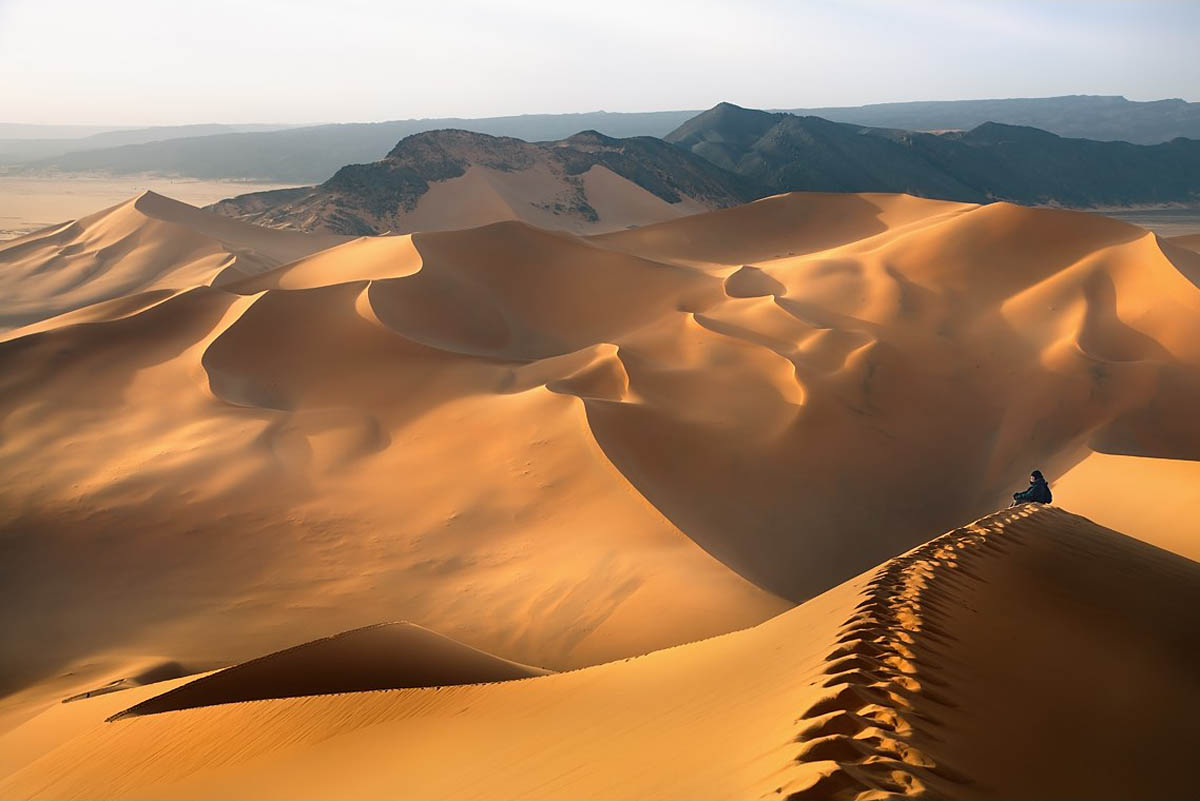
The Mojave Desert is the driest desert in the United States. It has an annual rainfall of around 5 inches. It is also home to the Death Valley – considered the hottest, driest and lowest place in North America.
The Gobi Desert is the fastest growing desert in the world. It is expanding by more than 1,300 square miles. Its expansion is attributed to extreme cultivation practices and climate change.
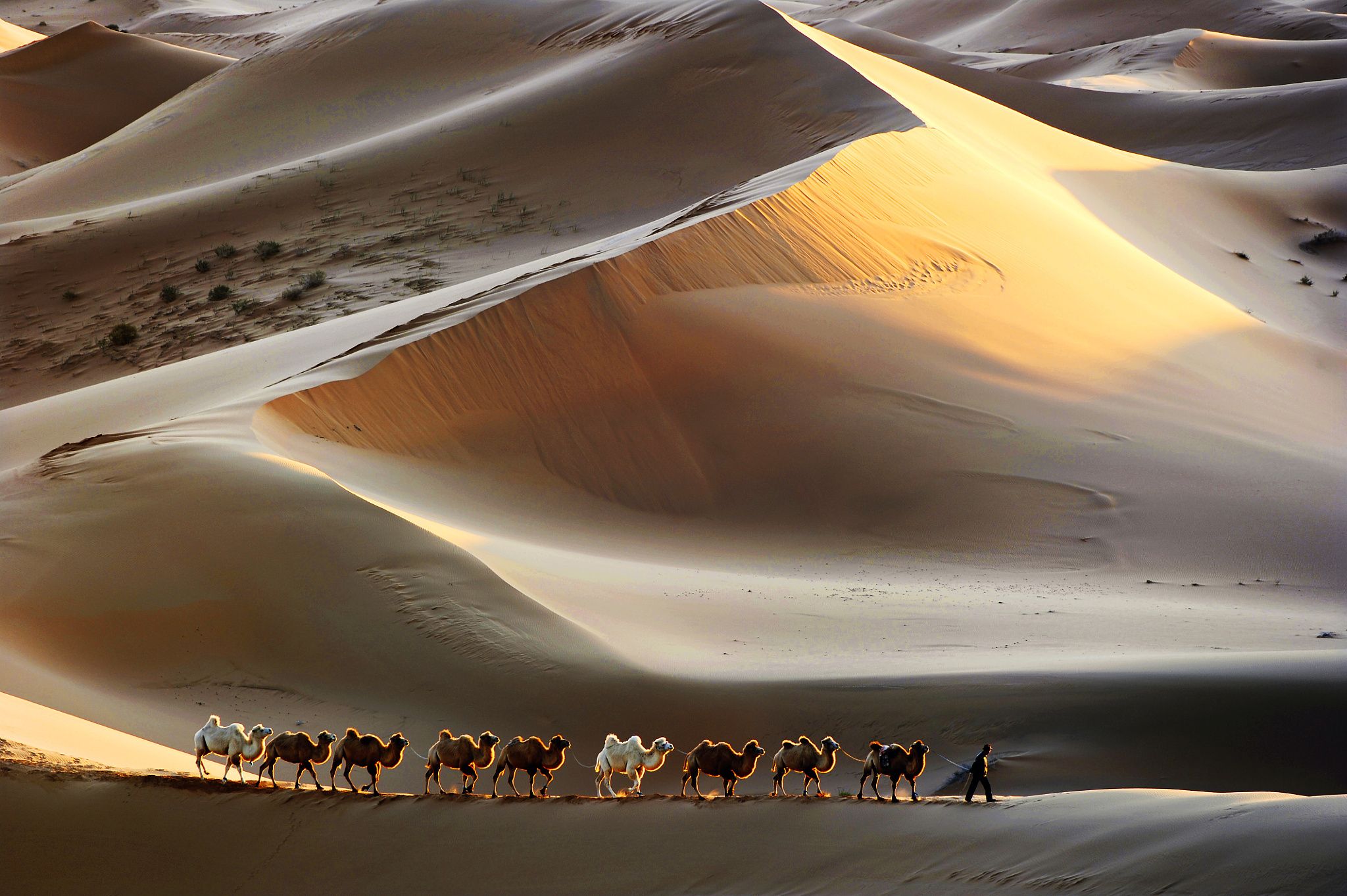
Scientific evidence shows that the Sahara is actually shrinking. Experts who have studied the desert for over 30 years have discovered that the edges of the desert are becoming greener. This shrinking is attributed to climate change.
The Aralkum Desert in Uzbekistan is currently the world’s youngest desert. Created entirely due to man-made disturbances, this desert (which is about 45,000 square kilometers in size) is less than 50 years old.
